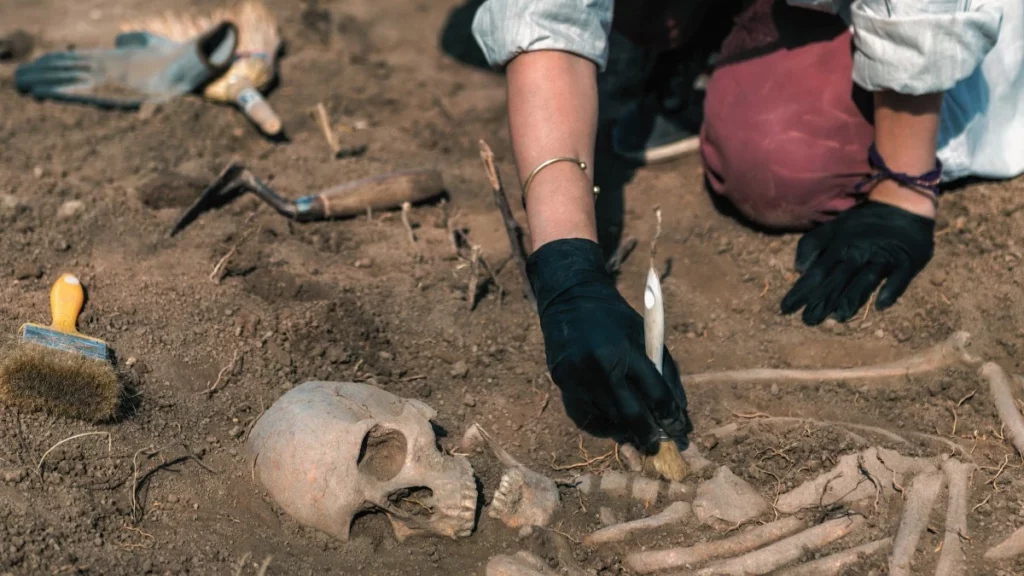Key Takeaways
- The women's stories are a blend of love, desperation, and madness, highlighting the diversity of female killers' motivations.
- The article covers five historical cases: Mary McKinnon, Margaret Garner, Elizabeth Taylor, Edith Thompson, and Christiana Edmunds.
- The cases demonstrate the complexities and consequences of their actions, as well as the differing ways society judged and punished them.
- The article aims to bring attention to lesser-known female killers and the circumstances that led them to commit such heinous acts.
Throughout history, female killers have often been overshadowed by their male counterparts, but their stories are no less captivating or tragic.
This article aims to shed light on the lives and motivations of these women, who, driven by love, desperation, or madness, committed heinous acts that left an indelible mark on society.
From the seedy taverns of 19th-century Edinburgh to the plantation fields of antebellum America, this article examines the lives of Mary McKinnon, Margaret Garner, Elizabeth Taylor, Edith Thompson, and Christiana Edmunds.
These cases reveal not only the complex web of circumstances that led these women to kill but also how their actions were judged and punished within the context of their time.
Mary McKinnon: The Tavern Brawl That Turned Deadly
Edinburgh in the 1820s was a city of stark contrasts. The New Town catered to the wealthy, while the Old Town was riddled with grimy inns and taverns.
On February 8, 1823, William Howat and his friends found themselves at Mary McKinnon’s tavern. A disagreement over payment for drinks led to a violent scuffle, resulting in Howat’s stabbing and eventual death.
Mary McKinnon was accused of the murder, found guilty, and hanged on April 16, 1823.
This case emphasized the moral judgment placed on sex work and the devaluation of women’s lives in 19th-century Britain.
Margaret Garner: A Mother’s Desperate Act to Save Her Children
In the 1850s, the US was divided on the issue of slavery. In early 1856, the Garner family attempted to escape enslavement.
After reaching Cincinnati, their plan fell apart, and they were discovered by marshals. Faced with being recaptured, Margaret Garner killed her young daughter, Mary, rather than allowing her children to return to a life of slavery.
Margaret was apprehended and, under the Fugitive Slave Act, she and her family were returned to their slaveholders.
In 1867, Christiana Edmunds became infatuated with her neighbor, Dr. Charles Beard.

Elizabeth Taylor: The Illegal Abortionist
In 1886, Elizabeth Taylor, a “ladies nurse,” performed an illegal abortion on Julia Warburton, an unmarried actress, in Melbourne, Australia.
Julia died three days later, and Elizabeth was arrested for murder. Despite being implicated in the deaths of at least eight women, it is believed that she successfully performed many more procedures.
Elizabeth was convicted of manslaughter, served her sentence, and continued her business upon release.
Edith Thompson: A Love Affair Gone Wrong
In the early 1920s, Edith Thompson had an affair with Freddy Bywaters, a shipping steward.
They planned to make a life together, but Edith’s husband, Percy, stood in their way. On October 3, 1922, Freddy stabbed Percy to death.
Both Freddy and Edith were charged with murder, convicted, and hanged on January 9, 1923.
Christiana Edmunds: A Stalker’s Poisonous Rampage
In 1867, Christiana Edmunds became infatuated with her neighbor, Dr. Charles Beard.
Christiana attempted to poison Charles’ wife, Emily, with chocolate creams laced with strychnine.
After the attempt failed, Christiana continued her poisoning spree, contaminating chocolates at a local confectionery shop.
Four-year-old Sidney Barker died as a result, and Christiana was convicted of his murder.
A post-trial insanity diagnosis spared her from execution, and she spent the rest of her life in Broadmoor Criminal Asylum.








